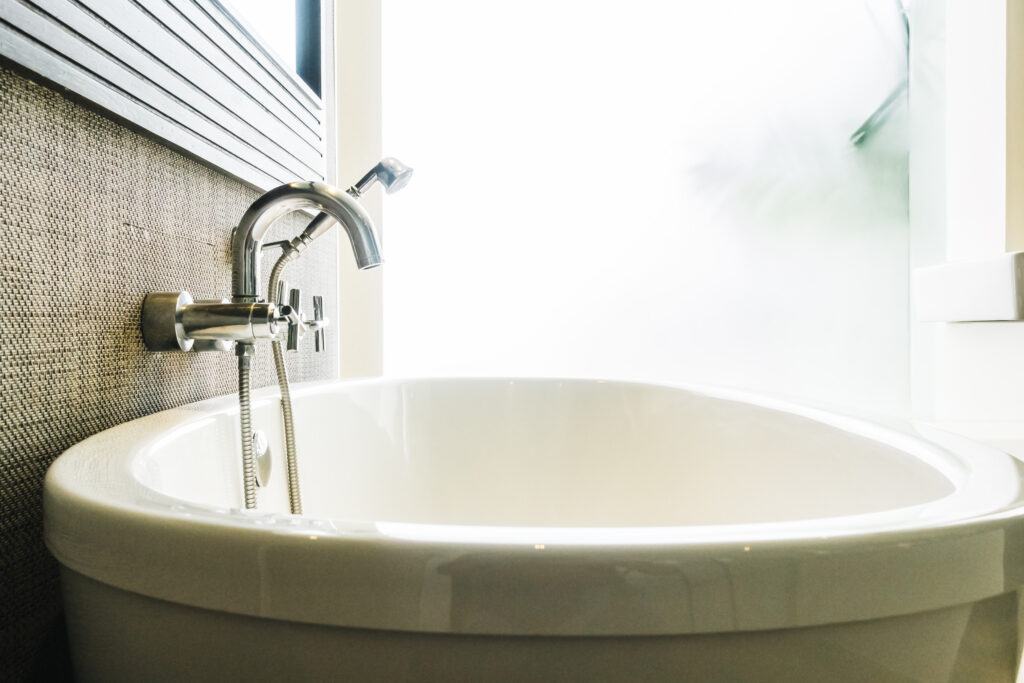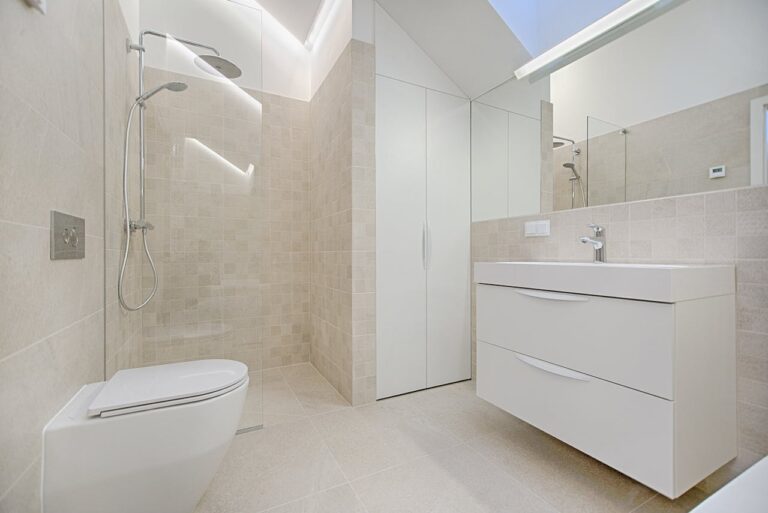In the quest for peak performance and faster recovery, elite athletes and health-conscious individuals are turning their attention to an ancient yet powerful practice: cold water immersion. Cold plunge tubs are now making their way into homes, wellness centers, and even gyms worldwide. But what’s behind the popularity? Is it just a fleeting trend? The benefits of cold plunge therapy are not only real but measurable—let’s see why!
Table of Contents
ToggleA Tradition Rooted in Science
The use of cold water for therapeutic purposes isn’t new. Even ancient cultures, from the Greeks to the Japanese, used to understand its positive effects. Nowadays, modern cold plunging has a scientific framework supporting it. Studies over the past few decades have demonstrated how short-term exposure to cold water — typically between 10°C and 15°C (50°F to 59°F) — can help reduce inflammation, improve circulation, regulate the nervous system, and accelerate physical recovery.
1. Recovery Acceleration
Inflammation is the body’s natural response to intense physical activity, especially after strength training or endurance sports. While a certain level of it is necessary for muscle adaptation, too much can lead to pain, stiffness, and a longer recovery time.
A cold plunge tub can combat this by constricting blood vessels, which helps reduce swelling and flush out metabolic waste. Once the body returns to a normal temperature, blood vessels dilate, bringing fresh, oxygenated blood to fatigued muscles and organs.
Researchers state that cold water immersion can significantly reduce muscle soreness up to 96 hours post-exercise compared to passive recovery.
2. Improved Circulation
Cold immersion gives the cardiovascular system a unique workout. As mentioned above, when the body experiences the cold shock, heart rate increases, and blood flow is redirected to vital organs. With repeated use, this cardiovascular “exercise” can improve blood flow efficiency, lower resting heart rate, and better oxygen delivery throughout the body.
This means that cold plunge therapy can support heart health and metabolic function, contribute to long-term wellness, and even enhance efficiency during workouts.
3. Stress Management
The first few seconds of stepping into icy water trigger an immediate fight-or-flight response. Your breathing quickens, adrenaline spikes, and your body tells you to get out. However, learning to control your breathing and stay present during this intense physical stress can help build mental toughness.
Over time, this practice conditions the nervous system, leading to increased parasympathetic (rest and digest) activity, essential for quality sleep, relaxation, and hormone balance.
4. Immune System Fortification
Cold exposure also appears to have immune-boosting effects. Studies found that those who incorporated cold showers into their daily routines took fewer sick days from work and reported increased energy and resilience to illness.
5. Sleep Quality Improvements
A cold plunge tub can indirectly improve sleep quality by promoting better autonomic balance and reducing evening cortisol spikes. Many users report they fall asleep faster and enjoy deeper, more restorative sleep following an evening cold plunge session. This can be caused by the drop in core body temperature, which mimics the natural decline the body undergoes before sleep.
Are Cold Plunge Tubs Right for Everyone?
While the benefits are impressive, this therapy may not suit everyone. People with cardiovascular conditions, certain nerve disorders, or cold sensitivities should consult a healthcare professional before starting. Pregnant women or those recovering from certain injuries should also approach cold therapy with caution. For most healthy individuals, however, incorporating cold plunges into a weekly routine offers a low-risk, high-reward intervention with benefits that span physical, mental, and emotional health—it’s worth a try.











